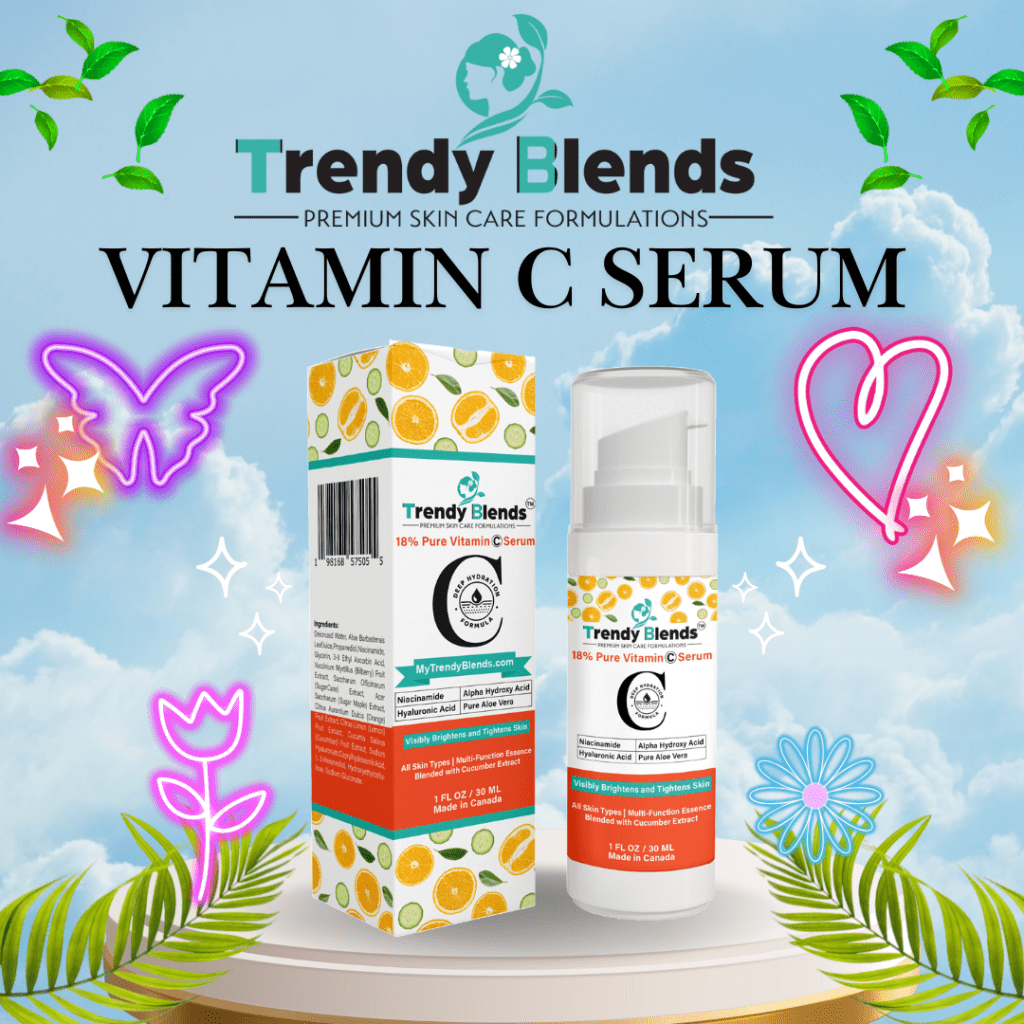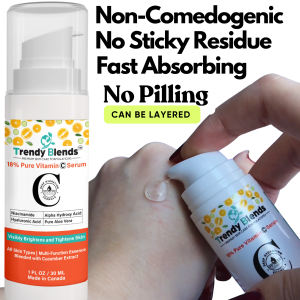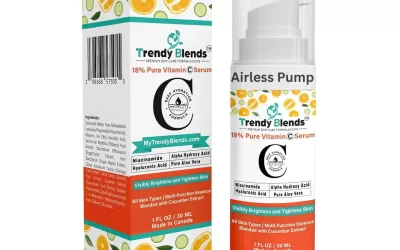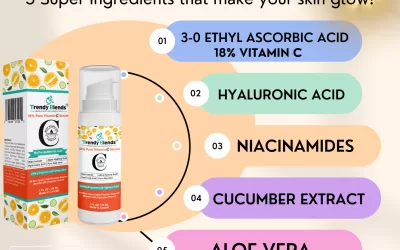The Core of Skincare: Understanding the Crucial Difference Between Cleansing and Exfoliating.


Table of Contents
The Core of Skincare: Understanding the Crucial Difference Between Cleansing and Exfoliating
The realm of skincare can often feel like a labyrinth of products, procedures, and promises. Navigating this world requires a solid understanding of the foundational steps, primarily cleansing and exfoliating. While both contribute to a healthier complexion, they serve distinctly different purposes. Confusing these two could lead to ineffective routines and potentially even skin irritation. This article will delve into the nuances of cleansing and exfoliating, providing a clear understanding of their differences, benefits, and essential roles in a comprehensive skincare regimen.
Cleansing: The Foundation of a Flawless Canvas
Cleansing, the bedrock of any skincare routine, is the process of removing surface-level impurities from the skin. Throughout the day, our skin is constantly exposed to pollutants, dirt, makeup, excess sebum (oil), and sweat. These accumulate on the skin’s surface, leading to clogged pores, breakouts, and a dull complexion. Cleansing addresses these issues directly, ensuring that the skin is free from these unwanted accumulations.
- How Cleansing Works: Cleansers, available in various forms like gels, foams, oils, and creams, contain surfactants. These molecules work by attracting and lifting away the debris from the skin. The cleanser is then rinsed off, carrying away the impurities.
- The Importance of Cleansing: Cleansing is crucial because:
- It prevents clogged pores and breakouts.
- It removes makeup and other products that could irritate the skin.
- It allows subsequent skincare products, like a Trendy Blends Vitamin C Serum or moisturizers, to penetrate effectively.
- It leaves the skin feeling refreshed and clean.
- Different Types of Cleansers:
- Gel Cleansers: Lightweight and suitable for oily or combination skin.
- Foam Cleansers: Effectively remove excess oil and are generally suitable for oily skin.
- Cream Cleansers: Rich and hydrating; ideal for dry or sensitive skin.
- Oil Cleansers: Emulsify with water to remove makeup and oil-based impurities, suitable for all skin types.
- Micellar Water: Gentle and effective for removing makeup and light dirt.
Exfoliating: The Key to Radiant Skin
Exfoliating goes beyond surface-level cleansing. It is the process of removing dead skin cells from the top layer of the skin, known as the stratum corneum. This layer is constantly shedding and regenerating. However, sometimes these cells accumulate, causing a dull and rough texture, clogged pores, and hindering effective absorption of your skincare products. Exfoliation accelerates this process, revealing the fresher, healthier skin beneath.
- How Exfoliation Works: Exfoliation can be achieved through:
- Physical Exfoliants: These include scrubs with granules (such as sugar, salt, or beads) or tools like cleansing brushes. These physically slough off the dead skin cells.
- Chemical Exfoliants: These use acids like AHAs (alpha-hydroxy acids – such as glycolic and lactic acid), BHAs (beta-hydroxy acids – such as salicylic acid), or enzymes to dissolve the bonds that hold dead skin cells together.
- The Importance of Exfoliating: Exfoliation is critical because:
- It improves skin texture and promotes a smoother complexion.
- It reduces the appearance of fine lines and wrinkles.
- It minimizes clogged pores and helps prevent acne.
- It enhances the absorption of skincare products like a Trendy Blends Vitamin C Serum which can better brighten and even skin tone after dead cells are removed.
- It promotes a more radiant and even complexion.
- Different Types of Exfoliants:
- Physical Scrubs: Effective for immediate results but can be abrasive if used too often or too harshly.
- AHAs (Alpha Hydroxy Acids): Effective for anti-aging and brightening; good for dry to normal skin.
- BHAs (Beta Hydroxy Acids): Effective for oily and acne-prone skin; targets clogged pores.
- Enzyme Exfoliants: Gentle exfoliants derived from fruits; good for sensitive skin.
A Side-by-Side Comparison
To better illustrate their differences, consider the following table:
| Feature | Cleansing | Exfoliating |
|---|---|---|
| Purpose | Removes surface-level impurities | Removes dead skin cells |
| Target | Dirt, makeup, oil, sweat | Dead skin cells |
| Method | Surfactants to lift away impurities | Physical scrubbing or chemical dissolution |
| Frequency | Usually daily, morning and night | Typically 1-3 times per week, depending on skin |
| Results | Clean, refreshed skin, prevents breakouts | Smoother, brighter skin, reduced signs of aging |
| Product Focus | Cleansers (gels, foams, oils, creams) | Scrubs, AHAs, BHAs, enzymes |
The Synergistic Power of Cleansing and Exfoliating
Cleansing and exfoliating are not interchangeable; they are complementary pieces of a healthy skincare puzzle. Cleansing prepares your skin for exfoliation by removing the surface layer of dirt and oil. Exfoliating then allows for deeper cleansing and better product absorption. Including a high-quality serum like a Trendy Blends Vitamin C Serum after a good cleansing and exfoliating session can significantly amplify the desired effects, resulting in a brighter, healthier, and more radiant complexion.
As the saying goes,
“The best foundation you can wear is healthy, glowing skin.” – Unknown
How to Incorporate into Your Routine
Here’s a suggestion for layering these two essential steps:
- Daily Cleansing: Morning and evening, use a cleanser appropriate for your skin type.
- Exfoliation (1-3 times a week): After cleansing, use either a physical or chemical exfoliant. Always follow the product’s instructions and avoid over-exfoliating.
- Toning Apply a toner to balance the skin after exfoliating.
- Serum (Daily or as recommended): Apply your favorite serum, such as a Trendy Blends Vitamin C Serum, after toning to deliver potent ingredients deep into the skin.
- Moisturizing Follow with a moisturizer to lock in hydration and other skincare ingredients.
- Sun Protection: During the day, always end with a broad spectrum sunscreen to protect your newly revealed skin.
FAQ’s About Cleansing & Exfoliating
- Can I exfoliate daily?
- It’s generally not recommended to exfoliate daily, as over-exfoliation can lead to irritation, redness, and sensitivity. Start with once or twice a week and adjust as needed.
- What’s better: Physical or chemical exfoliation?
- It depends on your skin type and needs. Physical scrubs can be effective for immediate results but may be too abrasive for sensitive skin. Chemical exfoliants are gentler and can target specific concerns, but it is extremely important to use them correctly, as misuse can cause burns.
- Can I use a cleanser and an exfoliant at the same time?
- It’s not recommended to combine a cleanser with an exfoliant at the same step. Always cleanse first, then exfoliate. For instance, some cleansers contain exfoliating acids, these should be used in place of your normal exfoliant step.
- How will I know if I’m over-exfoliating?
- Signs of over-exfoliation include redness, irritation, sensitivity, dryness, and breakouts. If you experience these, reduce the frequency of your exfoliation routine.
- Can I use a Vitamin C serum after exfoliating?
- Yes! In fact, a Trendy Blends Vitamin C Serum is often a great addition to your routine after exfoliating. With the dead skin cells removed, the serum can penetrate the skin more effectively, boosting its efficacy and helping to improve your overall skin tone and texture. Just be sure to always monitor your skin and adjust your routine as needed.
Additional Details.
Understanding the distinct functions of cleansing and exfoliating is paramount for achieving healthy, radiant skin. Cleansing forms the foundation by removing daily impurities, while exfoliating reveals fresher skin by removing dead skin cells. Utilizing these two steps correctly, alongside other skincare products like a Trendy Blends Vitamin C Serum, will greatly contribute to a balanced and healthy complexion. By incorporating both into your skincare routine, you’re laying the groundwork for success.
How Do You Exfoliate Your Skin? Unveiling the Path to Radiance
Achieving healthy, radiant skin is a goal for many, and exfoliation is a fundamental step in reaching that objective. Often discussed but sometimes misunderstood, proper exfoliation can dramatically improve skin texture, tone, and clarity. But how exactly do you exfoliate your skin effectively and safely? This article delves into the process, explaining what exfoliation is, why it’s important, the different methods available, and how to incorporate it correctly into your skincare routine.
Understanding Exfoliation
At its core, exfoliation is the process of removing dead skin cells from the outermost layer of your skin, the epidermis. Our skin naturally sheds dead cells approximately every 28 days, making way for new ones. However, this process can become sluggish due to age, environmental factors, or certain skin conditions. When dead cells accumulate on the surface, they can lead to dullness, clogged pores, uneven texture, and a less vibrant complexion. Exfoliation assists this natural shedding process, revealing the fresher, younger cells beneath.
Why Exfoliation is Crucial for Skin Health
Beyond simply revealing brighter skin, regular and proper exfoliation offers a multitude of benefits:
- Improved Skin Texture: By removing the rough, dead cell layer, the skin feels smoother and looks more refined.
- Enhanced Radiance: Clearing away dull surface cells unveils the more luminous skin below, restoring a healthy glow.
- Unclogged Pores: Exfoliation helps prevent dead cells from mixing with sebum (oil) and potentially clogging pores, which can lead to blackheads, whiteheads, and acne breakouts.
- Increased Product Absorption: With the barrier of dead cells reduced, serums, moisturizers, and treatments can penetrate more effectively and deliver their active ingredients where they are needed most.
- Boosted Cell Turnover: Stimulating the shedding process encourages the skin to produce new cells more rapidly, contributing to a more youthful appearance over time.
The Two Main Methods of Exfoliation
Exfoliation methods generally fall into two categories: physical (or mechanical) and chemical. Each works differently and has its own set of applications.
1. Physical Exfoliation:
This method involves manually removing dead skin cells using friction.
- How it Works: A physical exfoliant contains small particles or has a textured surface that, when gently rubbed on the skin, physically lifts and sweeps away the dead cells.
- Examples:
- Scrubs: Contain ingredients like sugar, salt, jojoba beads, or crushed fruit pits suspended in a base. Caution is advised with scrubs containing irregularly shaped or sharp particles (like crushed nuts or shells) as they can cause micro-tears in the skin.
- Brushes: Manual or electric brushes with bristles designed to slough off dead cells (e.g., cleansing brushes with exfoliating heads).
- Sponges and Cloths: Loofahs, konjac sponges, or microfiber cloths can provide gentle manual exfoliation.
- Microdermabrasion: A professional treatment (or at-home devices) using fine crystals or a diamond-tipped wand to abrade the skin’s surface.
- How to Use: Apply the product or use the tool on damp, cleansed skin. Use light, circular motions for 30-60 seconds, focusing on areas prone to dullness or congestion. Rinse thoroughly with lukewarm water.
- Considerations: Physical exfoliation provides immediate results but carries a higher risk of irritation or damage if done too aggressively or with inappropriate products (like harsh scrubs). It might be less suitable for very sensitive or active acne-prone skin.
2. Chemical Exfoliation:
This method uses chemicals – typically acids or enzymes – to dissolve the “glue” (cellular bonds) that holds dead skin cells together, allowing them to shed naturally.
- How it Works: The chemical solution breaks down the protein bonds between cells, facilitating their removal without physical scrubbing.
- Examples:
- Alpha Hydroxy Acids (AHAs): Water-soluble acids like Glycolic Acid (derived from sugar cane), Lactic Acid (from milk), Mandelic Acid (from bitter almonds). They primarily work on the skin’s surface and are good for overall exfoliation, improving texture, tone, and hydration.
- Beta Hydroxy Acids (BHAs): Oil-soluble acids, primarily Salicylic Acid (derived from willow bark). BHAs can penetrate into pores, making them excellent for oily, acne-prone, or congested skin.
- Polyhydroxy Acids (PHAs): Newer generation acids like Gluconolactone and Lactobionic Acid. Similar to AHAs but with larger molecular structures, they penetrate slower and are generally gentler, making them suitable for sensitive skin.
- Enzymes: Derived from fruits (like papaya, pineapple). They work by selectively digesting dead keratin protein cells on the surface. Generally milder than AHAs/BHAs.
- How to Use: Chemical exfoliants come in various forms – cleansers, toners, serums, masks, and peels. Application varies based on the product’s strength and form. Cleansers are rinsed off, while serums or toners are often left on. Always follow product instructions carefully.
- Considerations: Chemical exfoliants can be very effective for specific concerns (pigmentation, acne, aging) and, paradoxically, can be gentler than harsh physical scrubs if formulated correctly. However, they can cause redness, tingling, sensitivity, or peeling, especially when starting. Crucially, chemical exfoliants can increase sun sensitivity, making daily SPF use non-negotiable.
Choosing the Right Method and Frequency
The best exfoliation method and frequency depend heavily on your skin type, concerns, and tolerance.
- Sensitive Skin: Start with gentle methods like PHAs, low-concentration AHAs, enzymes, or a very fine-grained, round-particle physical scrub used infrequently. Patch testing is key.
- Oily/Acne-Prone Skin: BHAs (Salicylic Acid) are often highly effective due to their ability to penetrate oil and pores. Physical exfoliation should be done cautiously to avoid spreading bacteria on active breakouts.
- Dry/Mature Skin: AHAs (especially Lactic or Glycolic) can help with hydration and cell turnover. Gentle physical methods might also be suitable.
- Normal/Combination Skin: Can often tolerate a wider range of options. May benefit from combining different types on different days or areas.
General Guidelines for Exfoliating:
- Cleanse First: Always exfoliate on clean skin to remove dirt, oil, and makeup.
- Be Gentle: Whether physical or chemical, aggressive application is counterproductive and can damage the skin barrier.
- Start Slowly: Begin with exfoliating once or twice a week. Observe how your skin responds. Some skin types might tolerate more frequent exfoliation (2-3 times/week), while others may only need it weekly or bi-weekly. Over-exfoliating is a common mistake and leads to redness, irritation, flakiness, and increased sensitivity.
- Hydrate and Protect: After exfoliating, apply a soothing serum and moisturizer to replenish hydration. Always follow up with broad-spectrum sunscreen (SPF 30 or higher), especially after using chemical exfoliants, as your skin will be more vulnerable to sun damage.
- Listen to Your Skin: If your skin feels tight, burning, excessively red, or irritated, you are likely over-exfoliating or using a product that is too strong for you. Reduce frequency or switch to a gentler product.
- Avoid Combining Too Many Actives: Be cautious when using exfoliants alongside retinoids, vitamin C, or other potent active ingredients in the same routine, as this can lead to irritation.
Conclusion
Exfoliation is a powerful tool in achieving vibrant, healthy-looking skin. By understanding the difference between physical and chemical methods, assessing your skin’s needs, and incorporating exfoliation correctly and gently into your routine, you can effectively slough away dullness, unclog pores, and pave the way for a smoother, more radiant complexion. It’s a careful balance, requiring patience and attention to your skin’s signals, but one that yields significant rewards.







